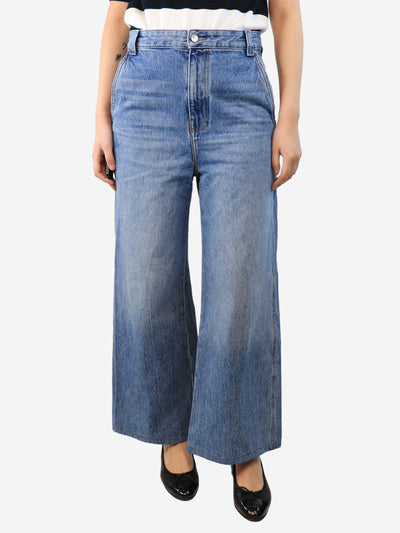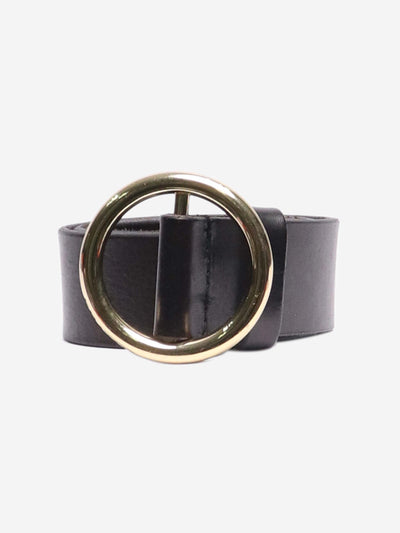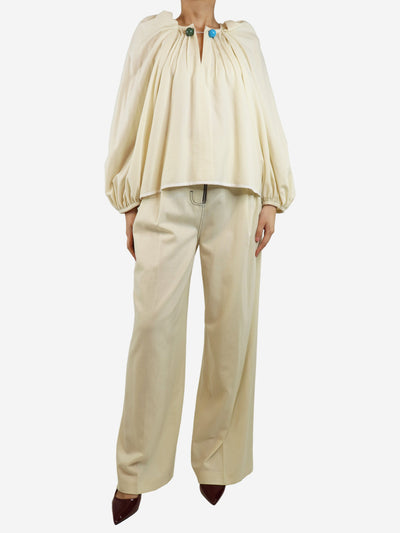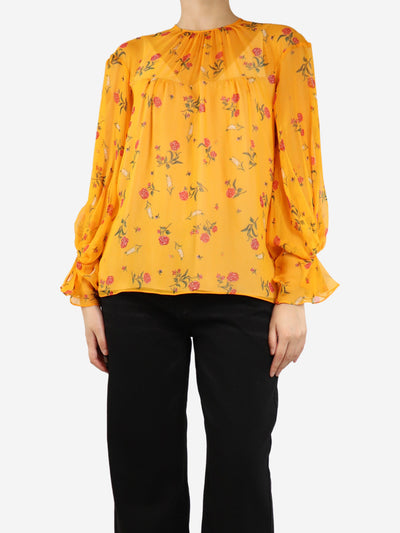Is the Louis Vuitton Neverfull a good investment?
Posted on
The Neverfull bag is one of Louis Vuitton's most popular pieces. I think this is mostly due to its versatility and durability. Whether being used as a “baby bag”, a holiday bag or just a good old fashioned shopping bag this, now classic, piece has become every girl's staple carryall. The canvas material is so durable that during a recent interview I had with someone who worked at Louis Vuitton she mentioned that, “she would regularly see girls with their grandmother's bags that had stood the test of time”.
Working in the business of trading luxury handbags, one of the most common questions I get asked is whether a piece is “a good investment”. I thought it might be interesting to take this a little bit further and see how well the Louis Vuitton Neverfull stands up to something like the FTSE 100 when deciding where to put your cash. Before we dive into that though let me give you a brief overview of this timeless classic.
It was first produced in 2007 and is made in three sizes. Currently, you can get it in two different finishes: the canvas (of which there is a choice of prints) and the Epi leather. More recently Louis Vuitton, like many other brands, have had a drive towards personalisation so you can do fun things like choosing the colour of the lining and add your initials. Interestingly the bag is also supposed to be able to carry up to 90kg - a fact I don’t think anyone has been able to corroborate as no doubt most women who own an LV Neverfull would not actually have to do that much heavy lifting!
No doubt many of you have been burned in the past spending thousands on a handbag that just a few years later you can’t even sell for £500. In order to avoid this painful experience there are a couple of things to establish before you purchase:
1) It is produced year after year for a long period of time in the same finish - i.e. a classic
2) Prices rise over the rate of inflation during the same time period
The medium-sized (MM) Louis Vuitton Neverfull in canvas when it was first produced in 2007 cost £650. The same exact bag in 2018 currently retails for £920. This is an increase of 41.5%. During the same time period, the FTSE 100 went up and down but overall saw an approximate increase of 19%.
So does this make it a good investment? Yes and no. It is not necessarily accurate to compare like for like because the handbag would need to be sold to release the equity and if you are selling it on the second-hand market then you might only be able to achieve at best 90% of the current retail price. It would also rely on the bag being in immaculate condition which means you would actually not be able to use it. However, if you bought it and held it like a fine wine at perfect temperature then you might well make yourself a bit of money.
If the “no use part” is sounding rather disappointing then a way to get around it is to think of buying a preloved handbag from a store such as Sign of the Times to start with. Almost in the same way as driving a car off the forecourt, handbags lose value in the short term. The crucial difference here is the long-term value. Therefore by purchasing second hand in the first place, you are enjoying all the benefits of the price increases without the initial brunt of buying new. As long as you maintain your Neverfull in the condition you bought it, and they continue to produce them - you will be able to sell it for more in the future.
Written by
Antonia Timpany
Published at
-
-
- Choosing a selection results in a full page refresh.
- Press the space key then arrow keys to make a selection.














































